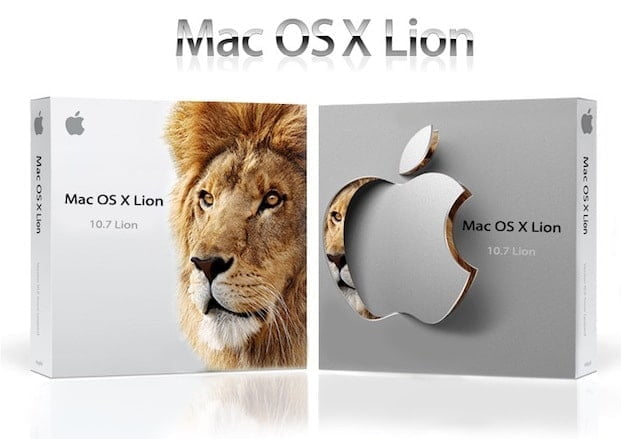On A Mac Delete Dmg File Deletes Entire App
- Aug 30, 2017 When we delete files and folders on Mac and then empty Trash, it is possible to recover the deleted files if no new information has been recorded on the freed space, so the file can be easily restored. The Most Popular Methods of Deleting Files on Mac. There are several methods of permanently deleting files on Mac. Let’s take a look at each.
- When you delete a file on your Mac, it goes to the trash. You empty the trash thinking that all traces of your private files are now completely erased from the Mac’s hard disk but that may not be the case. Files deleted from the trash in this manner can still be recovered unless.
Permanently Delete Files On Mac
Feb 10, 2014 Learn how to use automator to create useful workflows to eject and delete disk image files automatically. How to Use Automator in Mac to Eject and Delete DMG Files. Whenever a DMG file is. Find and delete files on your Mac. The App Store, or Apple Books using your Apple ID, the item is still in iCloud, and you can download it again. Move the pointer over a file, then click the Delete button to delete an individual file. See alsoOptimize storage space on. Mar 22, 2018 Leave the downloaded DMG file open, open a new Finder window, and navigate to your Applications Folder. Drag the large Red Data Rescue icon from the DMG into your Applications folder. Data Rescue is now installed on your Mac! You can close out of the DMG file, and click Data Rescue 4 in your Applications folder to launch the software.
System Information User Guide
Use the sidebar of the Storage pane to sort through items by category, see how much space is used, and quickly find documents, apps, books, movies, backups, and other files. Then delete what you no longer need.
Note: The categories you see vary, depending on the apps and files on your Mac.
Choose Apple menu > About This Mac, click Storage, then click Manage.
Click a category in the sidebar:
Applications, Music, and Books: These categories list files individually. To delete an item, move the pointer over the file name, then click the Delete button .
Note: If you delete an item that you got from the iTunes Store, the App Store, or Apple Books using your Apple ID, the item is still in iCloud, and you can download it again.
Documents: See all the documents on your Mac. You can quickly view large files or downloads by clicking the corresponding button, and sort files by clicking Name, Kind, Last Accessed, or Size near the top of the window. You can also click File Browser to view the contents and amount of storage used by various folders in your file system.
Note: Some folders and files that are already represented by categories in the sidebar—other than Documents—are dimmed.
To delete a file, move the pointer over the file, then click the Delete button ; click the magnifying glass to view the file in the Finder.
iCloud Drive and Mail: These categories provide general recommendations for optimizing storage. To accept the recommendation, click the button.
iOS files: See iOS backup and firmware files listed individually. To delete an item, move the pointer over the file, then click the Delete button .
Trash: In this category, click Empty Trash to erase all the items in the Trash. Move the pointer over a file, then click the Delete button to delete an individual file.
